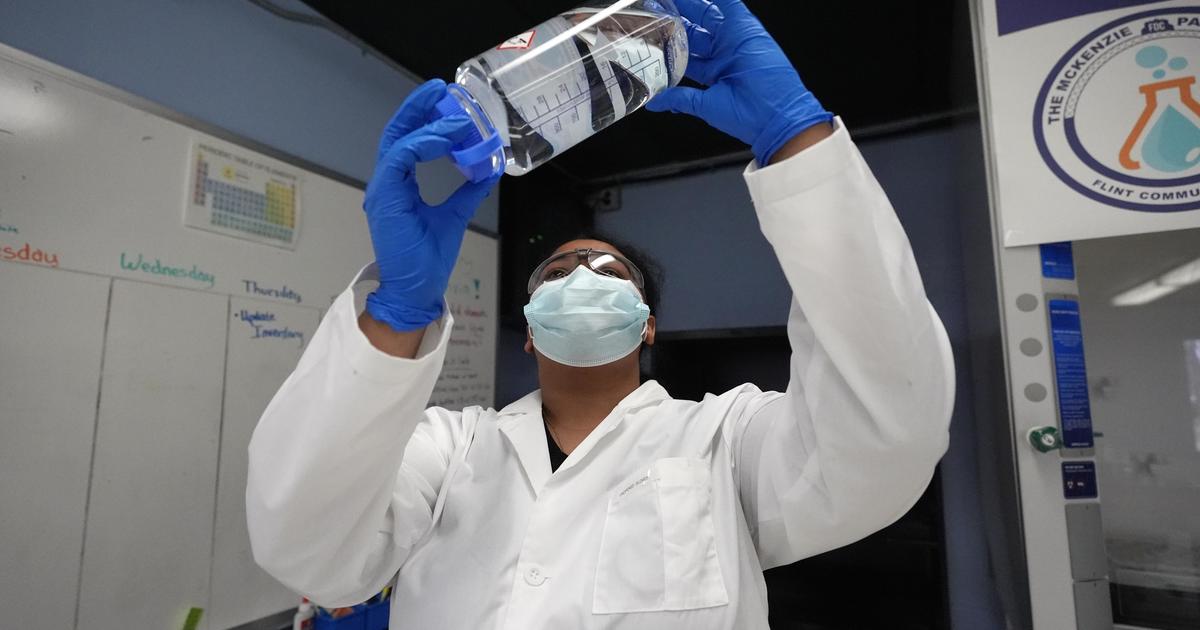Health Care Cost Slowdowns Continue, Predated 2007 Recession
ANN ARBOR -- An article just published in the New England Journal of Medicine indicates that a downward bend in the health care cost curve is not simply the result of the recession which began in December 2007, and the subsequent weak recovery.
The study came from Ann Arbor's Altarum Institute, which also announced that national health expenditures in June 2012 grew by 3.9 percent relative to June 2011, down from the 4.2 percent growth rate observed in May, after incorporating the effects of major government updates.
The longer-term analysis, conducted by Altarum's Center for Sustainable Health Spending, shows that excess growth in health spending, defined relative to growth in potential gross domestic product, began moderating in 2005, more than two years prior to the start of the "Great Recession."
The full article is available at http://www.nejm.org/doi/full/10.1056/NEJMp1205958.
Charles Roehrig, director of the center and the study's lead author, suggested this finding should be of interest to policymakers looking for viable approaches to controlling the nation's spending and debt.
"Excess growth in personal health care spending averaged only 0.5 percent during the two and a half years leading up to the recession, compared to 1.9 percent excess spending growth in the prior period," Roehrig said. "Understanding the causal factors behind this downward trend in 2005 -- which we know cannot be attributed to the recession -- is critical to crafting sustainable fiscal policies for the future."
Altarum's Center for Sustainable Health Spending tracks and analyzes health spending growth in the United States and issues three monthly Health Sector Economic Indicators briefs that assess data on health sector employment, spending and prices/utilization.
The center is currently working on a more thorough analysis of the factors that lie behind the 2005 bend. Roehrig noted that examining what happened leading up to 2005 will "enable improved projections of future growth trends, and suggest better cost containment strategies."
In the more immediate past, health care prices in June 2012 were up 1.9 percent from June 2011, down a tenth from May. On a 12-month moving average basis, price growth is lower now than at any time since January 1999.
These data come from the August Health Sector Economic Indicators briefs released by Altarum. The briefs, covering health care spending, utilization, prices, and employment, are at www.altarum.org/healthindicators.
A rise in July of 12,000 health sector jobs represents the second month of below average gains, following June growth of 13,000, both well below the 24-month average of 24,000. With total nonfarm payroll job growth at 163,000 for July, the health care share of total employment was fractionally lower than the all-time high of 10.8 percent recorded for June.
"Slow growth in June health spending continues the moderate growth experienced in the previous five months of 2012 and takes some edge off of the revised spending growth rate for 2011," Roehrig said. "We are investigating excess health spending over a 20-year period to determine the factors behind these variations and to better understand the extent to which the bending of the cost curve, which we place in 2005, is continuing and sustainable over time."
The health spending share of GDP was 18.1 percent in June 2012, down from the (revised) all-time high of 18.3 percent in June 2011. Per capita health care utilization grew at 1.2 percent year over year in June, averaging 1.8 percent growth for the last 12 months and 1.6 percent growth over the last six months.
The Altarum Institute provides research and consulting in health care. It has more than 400 employees and additional offices in Washington, D.C., Sacramento, Calif., Atlanta, Ga., Portland, Maine and San Antonio, Texas.



